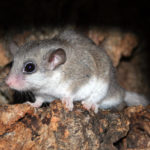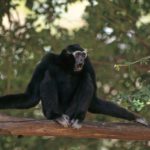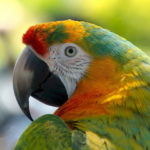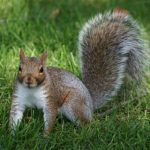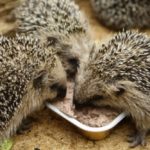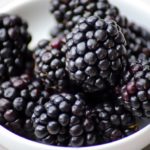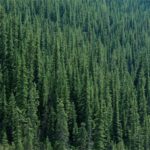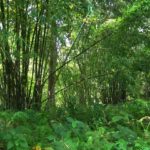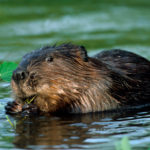Facts about dormouse
 Dormouse is a smart animal, she quickly climbs the trunk of the tree up and down, can jump from branch to branch even at a distance of 10 m. Some anatomical features of the structure of paws help her to move; Movable fingers and brushes, by which she deftly grasps even the thinnest twigs.
Dormouse is a smart animal, she quickly climbs the trunk of the tree up and down, can jump from branch to branch even at a distance of 10 m. Some anatomical features of the structure of paws help her to move; Movable fingers and brushes, by which she deftly grasps even the thinnest twigs.
Dormouse inhabits mostly dense broad-leaved and mixed forests, with predominance of oak, hornbeam, linden, with an admixture of berry and wild fruit trees – cornel, hazel, blackberry, raspberry, honeysuckle. It is there that she finds her main food. In the reserve “Bryansk Forest” dormouse is noted in the floodplain oak forests of the Nerussa River.
The number of dormouse varies depending on the part of the range of its distribution. For example, it is common in Western and Southern Europe, the Carpathians and the Caucasus, it is quite rare and even listed in the Red Book in the Baltics and Belarus. Decrease in the number of dormouse is associated with the destruction of its habitats – floodplain broad-leaved forests.
During the four or five warm months of the year, when the dormouse are active, they need to find a pair, make a nest, breed and, before wintering, accumulate as much nutrients as possible in the body. Therefore, they eat large amounts of calories and acorns. A hard shell of hazelnuts sleeps a snot in seven minutes, and the kernel eats in three minutes. Often the animal bites and throws more nuts than it eats. As a result, it seems that the dormouse eats too much.
Dormouse wake up when spring finally enters its rights and at night a positive temperature is established. Usually this is the second decade of May – the beginning of June. Only at this time there is an opportunity to see animals in the forest: males, attracted by the femoral fluids of females, organize real battles, squeak and chirp, jump from branch to branch, and at night sing, trilling like birds. The males leave their fragrant marks on the branches of the trees, which even a person can smell.
